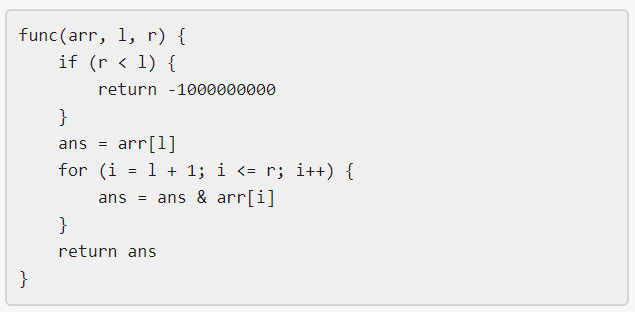2122. Recover the Original Array
Alice had a 0-indexed array arr consisting of n positive integers. She chose an arbitrary positive integer k and created two new 0-indexed integer arrays lower and higher in the following manner:
- lower[i] = arr[i] - k, for every index i where 0 <= i < n
- higher[i] = arr[i] + k, for every index i where 0 <= i < n
Unfortunately, Alice lost all three arrays. However, she remembers the integers that were present in the arrays lower and higher, but not the array each integer belonged to. Help Alice and recover the original array.
Given an array nums consisting of 2n integers, where exactly n of the integers were present in lower and the remaining in higher, return the original array arr. In case the answer is not unique, return any valid array.
Note: The test cases are generated such that there exists at least one valid array arr.
You are asked to design a file system that allows you to create new paths and associate them with different values.
The format of a path is one or more concatenated strings of the form: / followed by one or more lowercase English letters. For example, “/leetcode” and “/leetcode/problems” are valid paths while an empty string “” and “/“ are not.
Implement the FileSystem class:
- bool createPath(string path, int value) Creates a new path and associates a value to it if possible and returns true. Returns false if the path already exists or its parent path doesn’t exist.
- int get(string path) Returns the value associated with path or returns -1 if the path doesn’t exist.
1521. Find a Value of a Mysterious Function Closest to Target
Winston was given the above mysterious function func. He has an integer array arr and an integer target and he wants to find the values l and r that make the value |func(arr, l, r) - target| minimum possible.
Return the minimum possible value of |func(arr, l, r) - target|.
Notice that func should be called with the values l and r where 0 <= l, r < arr.length.